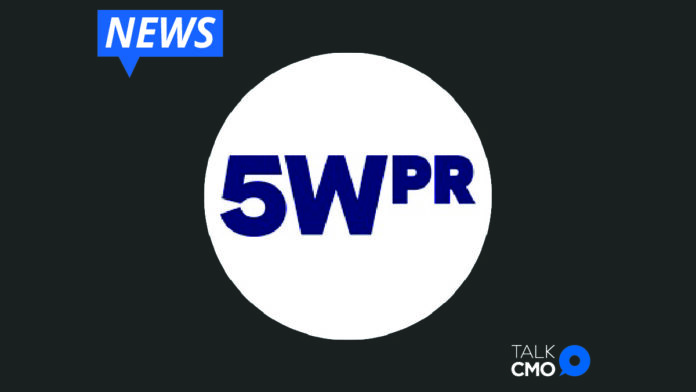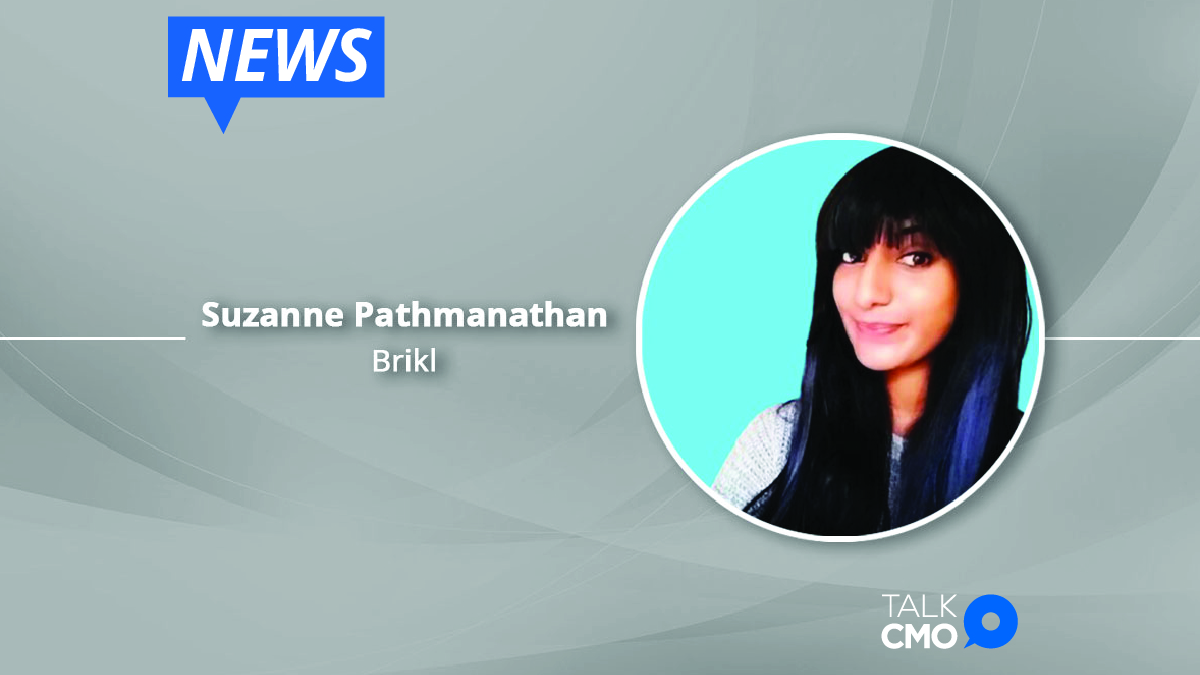Dara A. Busch, the award-winning co-President of 5WPR issued today a list of influencer marketing myths.
Busch of 5WPR notes, “There are plenty of companies that work with influencers on their marketing campaigns. It’s a strategy that’s constantly changing and evolving, and that has become incredibly popular in the last decade. However, there are certain influencer marketing myths that companies should avoid assuming to be true.”
Young Target Audience
Plenty of businesses around the world are trying to attract a younger generation of consumers with influencer marketing campaigns. However, influencer marketing isn’t only useful for attracting younger consumers. Plenty of older generations of consumers are spending a lot of time on social media platforms and changing their buying habits toward delivery services, online retail, and subscriptions. All of that gives companies plenty of opportunities to use influencer marketing campaigns to engage with consumers of many different generations.
B2B Companies
Plenty of companies in the B2B industry tend to avoid working with influencers on promotional campaigns because they don’t believe these campaigns will work. However, there are plenty of examples of B2B companies that have worked with influencers on their marketing campaigns and achieved a lot of success. One such example is Microsoft, which partnered with photographers from National Geographic on a social media campaign that resulted in over a thousand user-generated content uploads and over 3 million likes on Instagram. American Express is another example of a company that worked with small business owners as influencers for the Love My Store campaign, which resulted in hundreds of thousands of orders of the Love My Store decals. All of these examples show that companies in the B2B industry can explore different ways of working with influencers on marketing campaigns, whether that means working with social media influencers, or other types of influencers.
Also Read: Three B2B Marketing Strategies to Incorporate in Today’s Privacy-First Environment
Current Trend
The biggest change in influencer marketing from the last few years is that companies have switched from working with influencers with a big number of followers to working instead with micro and nano-influencers with smaller, more niche audiences. This isn’t a change in the overall trend of Instagram marketing, but a change in strategic approach, because companies have noted that consumers resonate more with smaller influencers.
Large Number of Followers
As a follow-up to the last point, accounts with a large number of followers being the best influencers is one of the biggest myths in influencer marketing. Traditionally, influencer marketing used to mean working with social media users who have a lot of followers, but this definition of influencer marketing has definitely changed as of late. Although the biggest accounts with millions of followers are what people commonly think about when thinking about influencers, there are plenty of other smaller social media communities that have recently grown in popularity. The most notable change that companies have figured out is that big influencers have an average conversion rate of about 3%, while nano-influencers are converting consumers at about 30%. This means that for more effective marketing campaigns, companies should be looking to work with social media influencers who are members of niche communities.
For more such updates follow us on Google News TalkCMO News.






